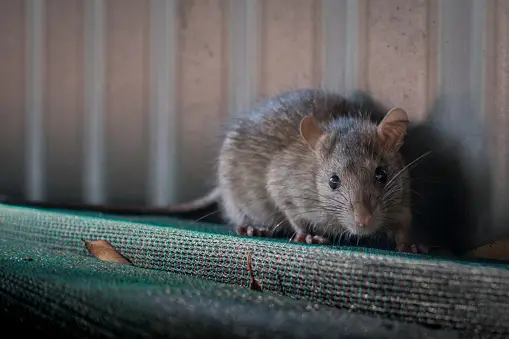Understanding Rodent Behavior
Understanding rodent behavior helps combat rodent infestations and prevent future problems. Rodents, particularly common household types like mice and rats, exhibit specific behaviors that can guide your efforts in sealing entry points and implementing control strategies.



